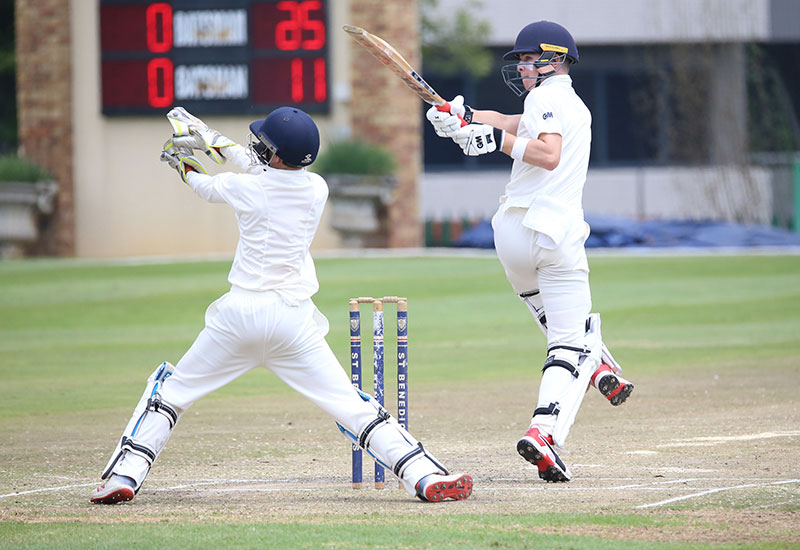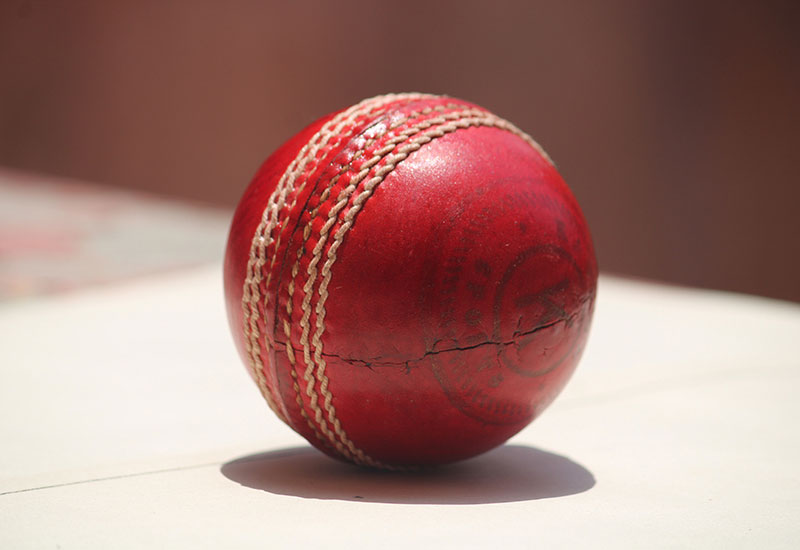Leading the way is Professor Martin Charter, CFSD Director and cricket enthusiast, who has joined forces with the British Association for Sustainable Design (BASIS) to form PASIC, the Platform for Accelerating Sustainable Innovation in Cricket.
According to the International Cricket Council in 2018, more than three million people play cricket worldwide. And, with modern innovations in the game, such as the introduction of The Hundred and Twenty20 Internationals, more and more people, especially younger players and female players, are engaged in the sport.
But cricket is one of the most equipment-intensive sectors, with around 40 pieces of equipment used at one time. It begs the question: What happens to all that cricket gear, and does it just end up in landfill?

Until now, the issue of sustainability in cricket has only been tackled at a macro level. The Australian ‘Cricket for Climate’ initiative for example – launched in January – aims to achieve net zero emissions over the next decade. But Prof Charter wanted to branch out and examine sustainability at wider level.
As for the equipment itself, the Heritage Crafts Association’s Red List of Endangered Crafts classifies the craft of bat making and ball making as an “endangered craft” and at risk of dying out in the UK. Most manufacturing now takes place in Asia and is unregulated – and therefore possibly environmentally and socially damaging. In the study, Prof Charter suggests that this opens the door for UK investment in the heritage crafts and a potential revival of the industry, by ensuring there are sufficient craftspeople to transmit the craft skills to the next generation.
Prof Charter also considers sustainable alternatives for cricket wear and equipment. Suggestions include bamboo cricket bats, vegan leathers such as Piñatex (from pineapple leaves) or mushroom leather used for balls and gloves. These alternative materials could have the greatest impact with the latest innovations in the game, such as the youth leagues or women’s teams that are growing in popularity and more open to change.

Finally, the study aims to examine the circularity of the cricket gear industry by exploring second life use. Currently, there is little information about old, broken, worn-out cricket items, but further research in this area hopes to uncover more about this.
Given the high costs associated with new cricket gear, could a re-use model be adopted beyond that used by young, rapidly growing, players, to also benefit more disadvantaged players? And is there a market for cricket equipment repair? Can we extend the life of cricket equipment and their usage to avoid old kit ending up in landfill?
Supporting the research into circularity is UCA PhD student Joanna Czutkowna. Her doctorate will examine how the cricket and football sectors can implement circular practices within adult players’ clothing.
Joanna explained: “The research aims to analyse the level of circularity within the UK cricket and football sectors concerning the clothing worn at amateur and professional levels. It also aims to identify and demonstrate how circularity can be implemented. The results of the research will build upon Professor Charter’s work at PASIC. It will detail the opportunities for reuse and provide a framework and recommendations to support those wanting to adopt circular procurement practices within the sport.”
You can watch Professor Charter discuss sustainable innovation in cricket in this latest webinar:
To find out more or to contribute to the conversation, visit, www.cfsd.org.uk
/prod01/channel_8/media/marketing-media/news/news-2022/Sustainable-Cricket-Gear_news_web_3.jpg)